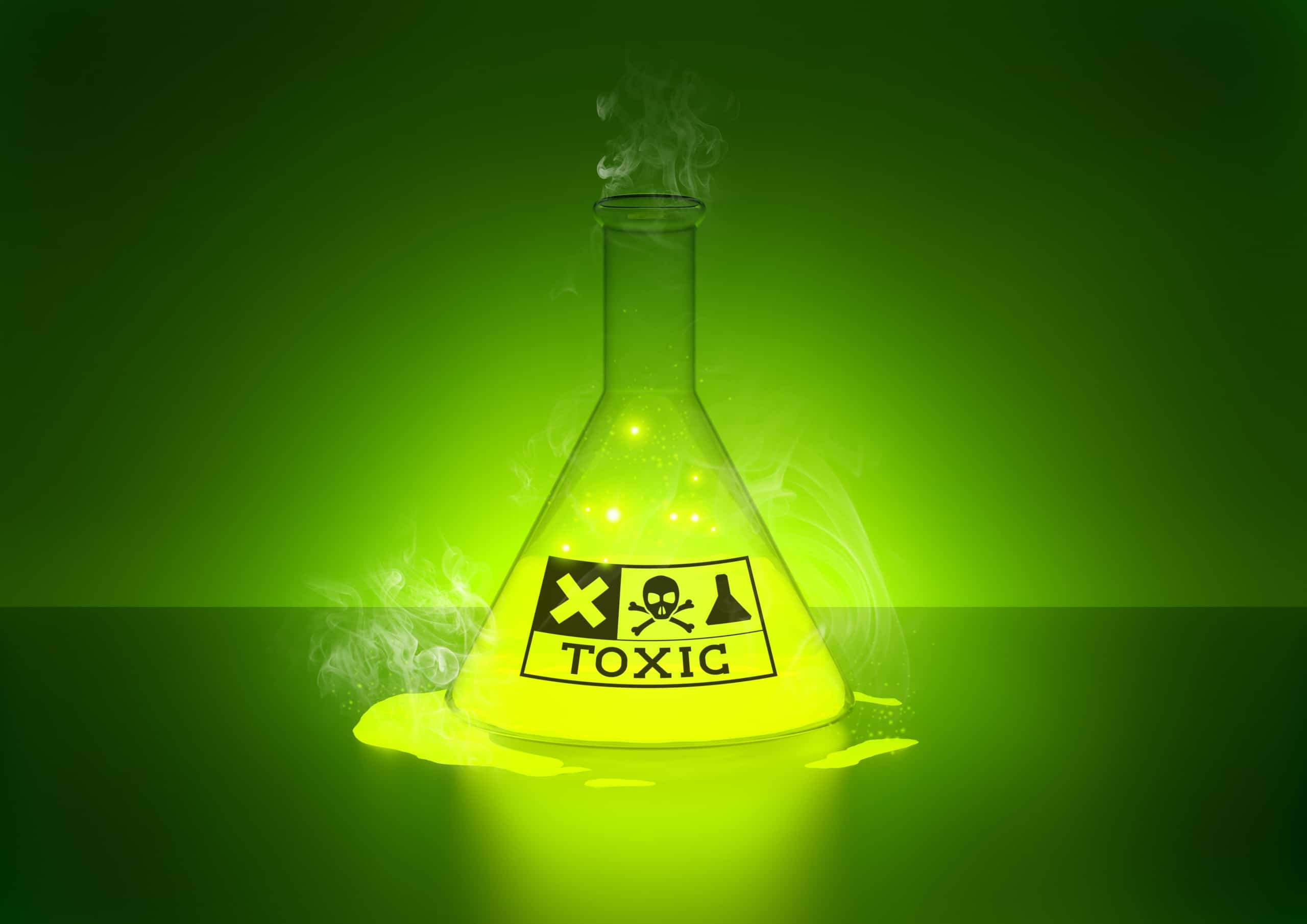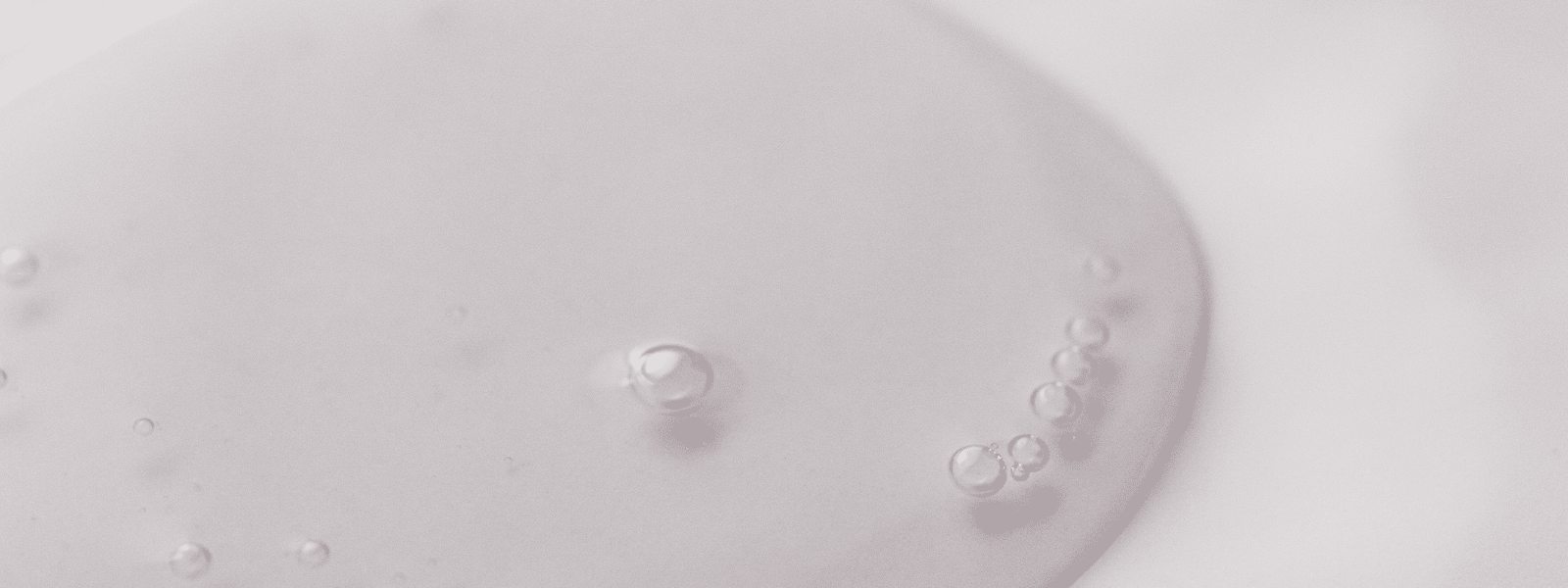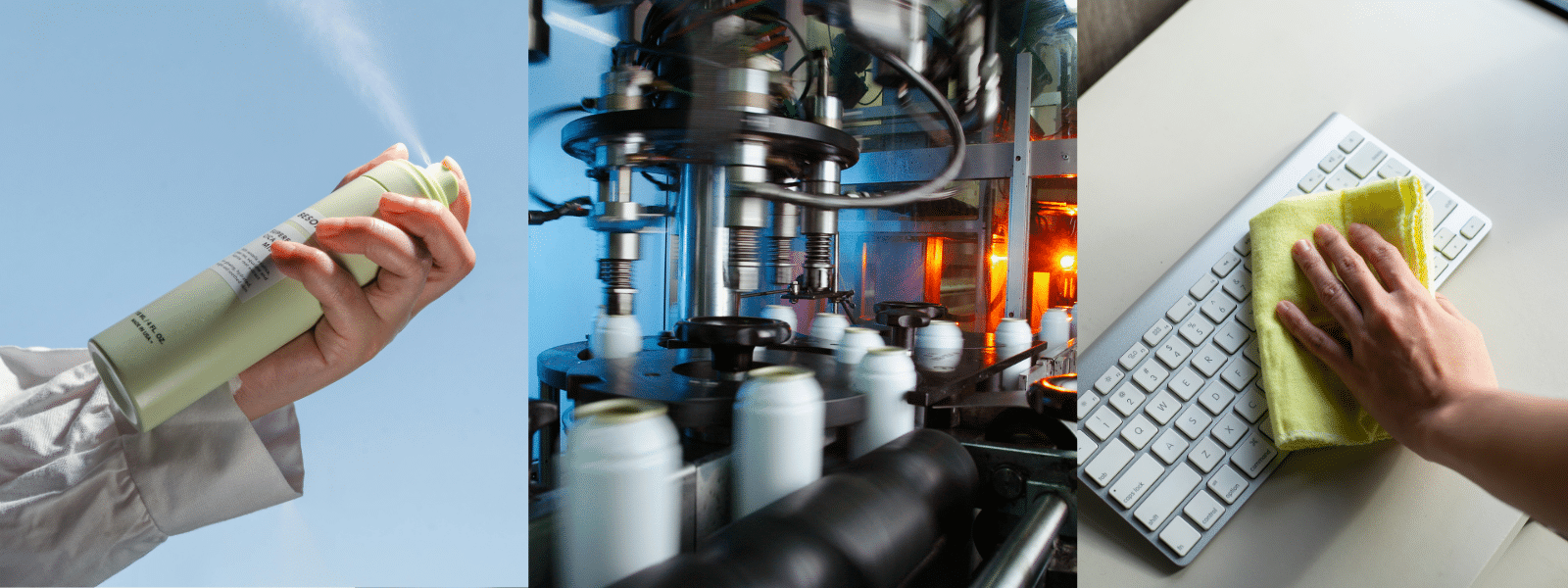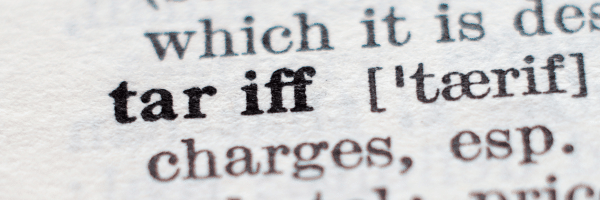Since the Clean Air Act Amendments of 1990, the Environmental Protection Agency (EPA) and other regulatory agencies on the federal, state, and municipal level have increasingly focused on regulating the use of commercial and industrial solvents that are hazardous to humans and/or the environment. nPB (a.k.a. 1-bromopropane and n-propyl bromide) is a perfect example of one these hazardous solvents.
The National Toxicology Program (NTP) considers nPB to be “reasonably anticipated to be a human carcinogen” [NTP 2013]. Partly as a result of the conclusion, the EPA added nPB to its toxic release inventory (TRI) list of reportable chemicals. These moves have set the stage for replacing nPB before it is regulated more aggressively. If replacing nPB is on the to-do list of your company or organization, below are five steps for choosing a replacement.
- Search for “Drop-in” Replacements
Replacing nPB without disrupting solvent-based work processes requires choosing a “drop in” replacement solvent that can immediately replace nPB without making significant changes to cleaning operations or associated processes (e.g. solvent storage in relation to flashpoint).
Drop-in replacements for nPB can be acquired in the form of stock solvents that are ready to ship and custom solvents that are designed for unique requirements. If you can’t find a suitable drop-in replacement among readymade solutions, choosing a custom solvent is the right move.
- Check Replacements for HAPs
Most commercial and industrial users replace nPB is because the compound is a hazardous air pollutant (HAP) that can cause serious short-term and long-term health impairments in workers. Consequently, it’s imperative to choose a nPB replacement that contains no HAPs, or contains a low level of HAPs that can be addressed through the use of exhaust hoods at work stations, air filtration systems that capture airborne contaminants, personal protective equipment (PPE), etc.
- Compare Solvent Prices
If you choose a custom solvent, this step may not apply, as you’ll accept or reject the price of the solvent before it’s actually formulated, and soon agree on a price that meets your budget. On the other hand, if you’re considering stock solutions, comparing solvent prices can be a big money saver. As you would when purchasing another type of product that’s a significant business investment, it’s a good idea to do at least three price comparisons before you buy.
- Request a Free Solvent Sample
Last but certainly not least, request a free sample of the nPB replacement you plan to purchase before you actually buy it. The sample should be large enough for you to perform at least one round of solvent-based cleaning (enough solvent to perform a single cleaning cycle with a parts washer, for example). If the replacement solvent works as well as predicted, then it’s time to place your first order.
Find nPB Replacements Here
At Ecolink, we understand that companies and organizations need the cleaning power of nPB minus the dangers of using the solvent. That’s why one of our specialties is replacing nPB with drop-in solutions that have an excellent safety profile and contain no regulated chemicals. If replacing nPB is on your agenda, start the process today by calling us at (800) 563-1305, or use the contact form on our website. We look forward to helping you implement a safer solvent.















